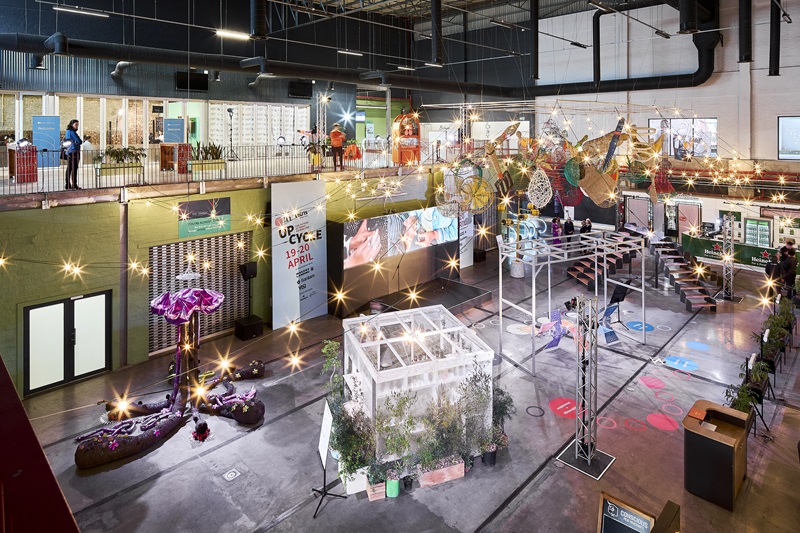South Africa’s new vehicle industry recovered slightly during June, with a total industry sales figure of 45 369 vehicles. This represents year-on-year growth of 0.9%, however it comes off a low base and in a market with underlying weakness. Year-to-date new vehicle sales remain subdued, with a 1.3% decline for the first half of 2017.
June’s positive sales growth was driven by consumer activity in the dealer channel, where sales of passenger vehicles and light commercial vehicles (LCVs) grew 4.3% and 5.7%, respectively. Demand for light commercials also grew 74.8% through the government channel and 25.7% in the rental channel, amounting to industry sales growth of 8% for LCVs.
“Growth in the dealer channel was clearly fuelled by aggressive marketing in the form of sales incentives and end-of-quarter deals,” said Rudolf Mahoney, Head of Brand and Communications at WesBank. “The strong LCV sales figure is attributed to these being both recreational vehicles for consumers as well sought-after vehicles for businesses and government.”
In line with market activity, WesBank’s data indicated a demand in new vehicle finance for this past month. Finance application volumes for new vehicles grew 7.6%. However, this is growth off a low base: in June 2016 application volumes had plummeted 19%. The 1.3% decline in demand for used vehicle finance also correlates with the sales data and enticing deals in the new vehicle market.
Consumers in the new vehicle market are also spending more than ever. In June, the average price for a new vehicle was R300 181 – breaking the R300 000 mark for the first time ever. At the same time, consumers are also extending all options to aid affordability. Average contract periods have risen to 70.07 months and demand for balloon payments has seen them being included in 30% of all finance contracts – the highest figure since the inception of the National Credit Act.
Despite the growth in new vehicle sales, there is angst among consumers in an uncertain economy. The demand for fixed interest rates has risen 26% since March this year, with 63.4% of all contracts now using fixed rates.



































